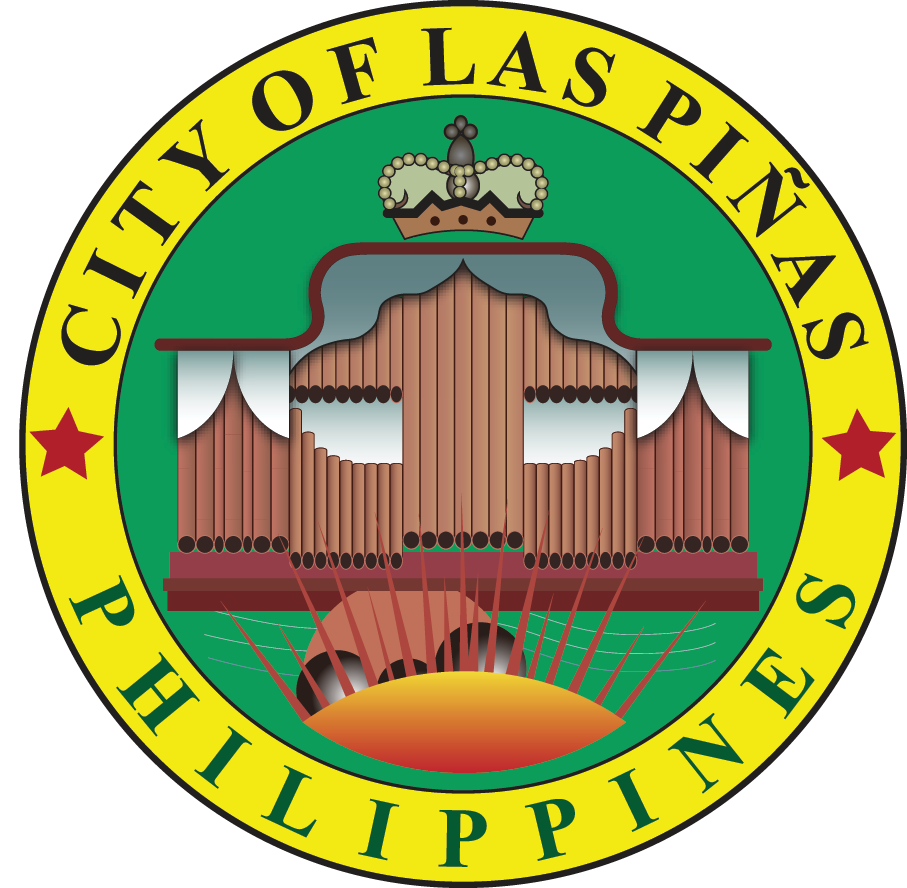From its days as the salt center of Manila to its bright present as a rapidly urbanizing residential-commercial center, Las Piñas has indeed come a long way.
Known nationwide for its bamboo organ, salt beds, and jeepney factories, Las Piñas is distinguished as one of Metro Manila’s fastest-growing communities. Continued economic growth, coupled with effective local governance, have earned Las Piñas the distinction of being Metro Manila’s cleanest and most peaceful city for three years straight.

Although it became a city only in 1997, Las Piñas was one of the first settlements on the outskirts of Manila. In 1797, during Spain’s four-hundred-year rule, a Spanish missionary by the name of Fr. Diego Cera was brought to a barrio in Parañaque with a mere 1,200 inhabitants—what was to later become Las Piñas. This holy man’s hard work, persistence, and vision put the sleepy fishing village on the road to progress and development, leading to the establishment of the Las Piñas Church in 1819, the six-year construction of the bamboo organ, as well as the building of roads and bridges that spawned the industries of dye making, salt production, and handicrafts.
The years that followed were trying times for the barrio as it fell prey to roaming bandits, and then in 1880, they lost hundreds of residents from outbreaks of cholera and smallpox. More residents were lost sixteen years later when, during the Philippine revolution against Spain, Las Piñas became the battlefield of several bloody encounters between the forces of Gen. Emilio Aguinaldo and the Spanish troops. Some years after the Philippine-American war, on March 27, 1907, Las Piñas was spun off from Parañaque and was proclaimed an independent municipality.
With the construction of the South Super Highways in the 1960s, Las Piñas became a first-class municipality. For urbanites wanting to escape the congestion of Greater Manila’s inner cities, it became a welcome alternative, whether for residence or business.
The once quiet and rustic coastal town was transforming into a bustling urban center for residential subdivisions and large industries, its proximity to Manila and transportation and communication advantages drawing in real estate developers and other business investors. This economic growth was further boosted with the construction of the Coastal Road in the mid-80s which directly linked Metro Manila to Cavite. From the early ’90s to today, Las Piñas has served as the gateway to the CALABARZON (Cavite, Laguna, Batangas, Rizal, and Quezon), an industrial-growth corridor whose rapid expansion is led by the demands of a sophisticated suburban populace and high-technology industries.
